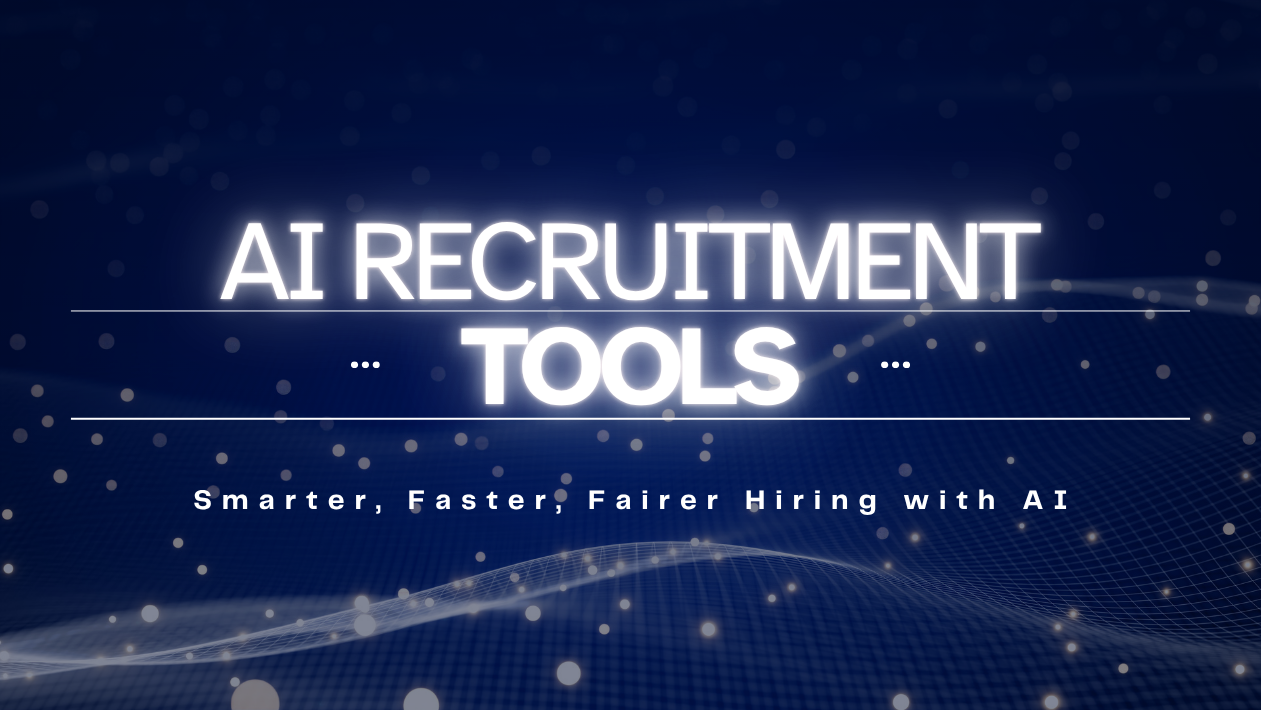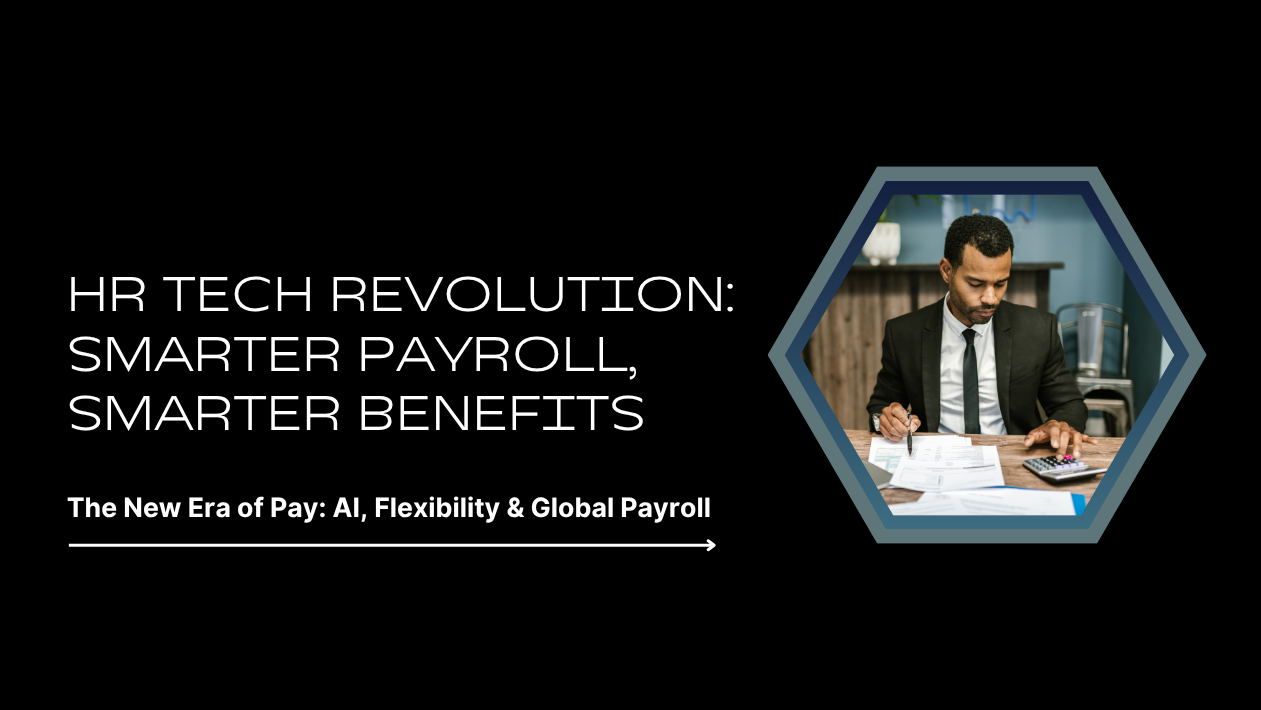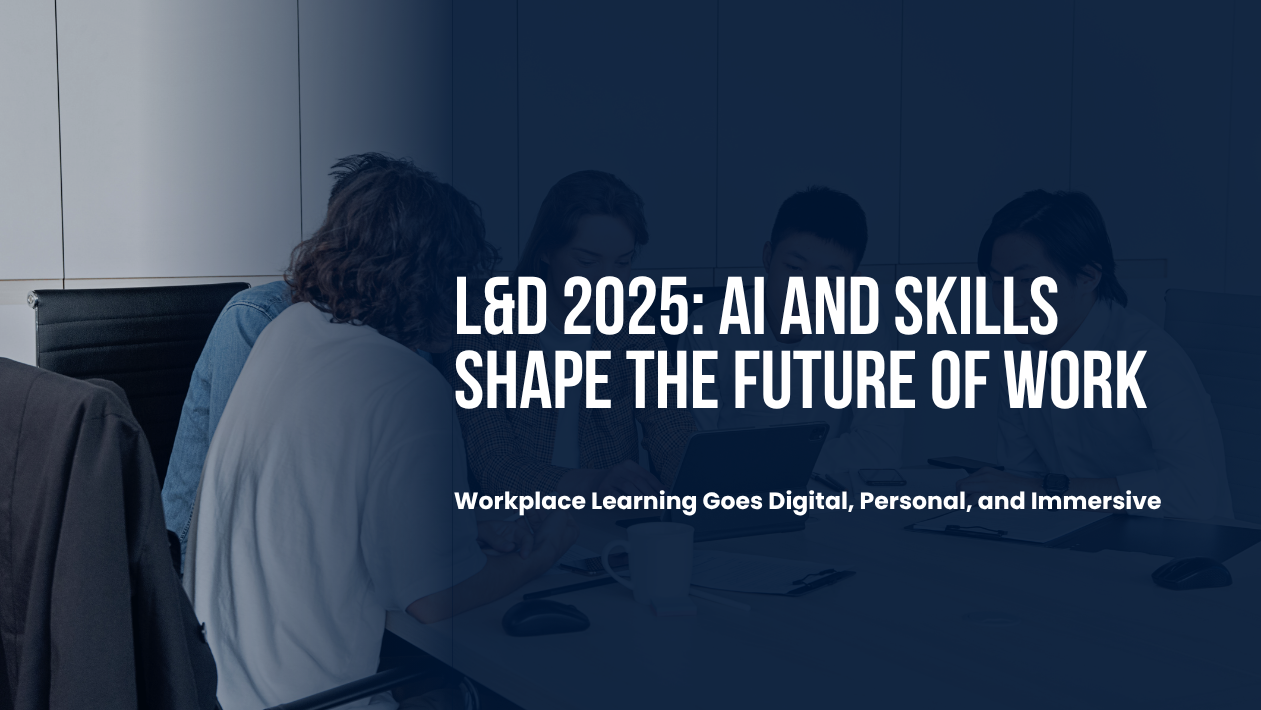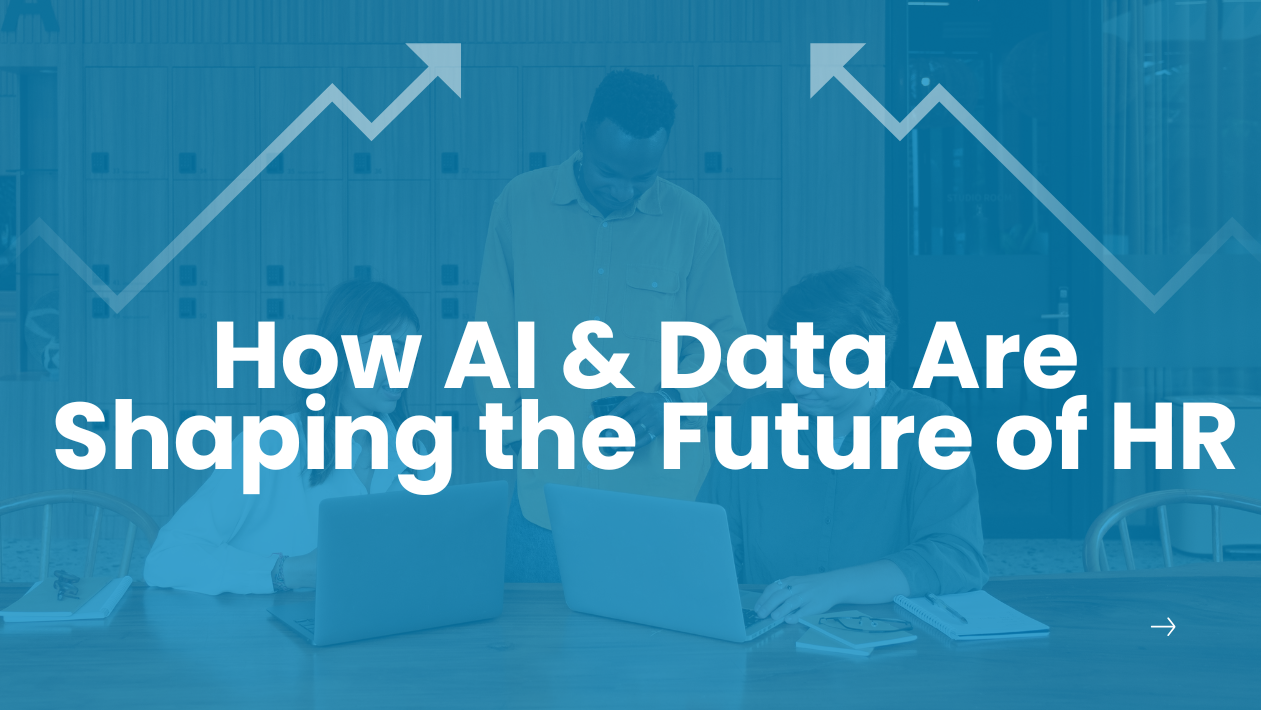In 2025, HR analytics is no longer a nice-to-have—it’s a critical pillar of how organizations attract, retain, and grow their talent. With access to more employee data than ever, HR leaders are leveraging advanced analytics, predictive modeling, and AI-powered insights to make smarter, faster, and more strategic decisions.
A recent LinkedIn Workplace Intelligence Report highlights that 72% of CHROs now consider people analytics a top priority for organizational performance and culture transformation.
Predictive Analytics Helps Reduce Turnover and Boost Retention
One of the biggest breakthroughs in HR analytics is predictive modeling. By analyzing trends in performance, engagement, absenteeism, and career progression, companies can identify flight risks before key employees resign.
Platforms like Visier, Crunchr, and One Model are equipping HR departments with dashboards that alert leaders to patterns associated with disengagement or burnout—enabling timely interventions.
Real-Time Dashboards Drive Agile HR Decisions
Gone are the days of annual reports and static spreadsheets. Modern HR analytics platforms provide real-time dashboards that track KPIs such as:
- Time-to-hire
- Diversity metrics
- Learning engagement
- Compensation equity
- Internal mobility rates
These data points help HR leaders and department heads make faster, evidence-based decisions and adjust talent strategies on the fly.
Diversity, Equity & Inclusion (DEI) Gets a Data-Driven Boost
HR analytics tools are now essential for tracking and improving DEI goals. Organizations use analytics to monitor:
- Gender and ethnic diversity across roles
- Pay equity gaps
- Promotion rates by demographic
- Inclusive hiring practices
With better visibility, companies can set clear goals and measure progress with transparency and accountability.
AI and Natural Language Processing Enhance Employee Sentiment Analysis
Advanced HR tools now use natural language processing (NLP) to analyze open-ended employee feedback from surveys, performance reviews, and internal communication tools.
This allows companies to detect emerging issues like toxic management, unclear goals, or low morale—helping HR respond with tailored action plans.
Learning Analytics Optimizes Employee Development
By tracking skill gaps, training effectiveness, and learner engagement, learning analytics helps organizations build smarter development pathways. Integrated with HR systems, it ensures employees are growing in ways that align with business needs.
This also enables personalized learning plans and succession planning backed by hard data.
Challenges: Data Ethics, Privacy & Talent Readiness
While HR analytics offers powerful capabilities, it also raises concerns around employee data privacy, bias in algorithms, and data literacy among HR professionals.
To address this, organizations are investing in ethical AI practices, transparent data policies, and upskilling HR teams in data interpretation and storytelling.





